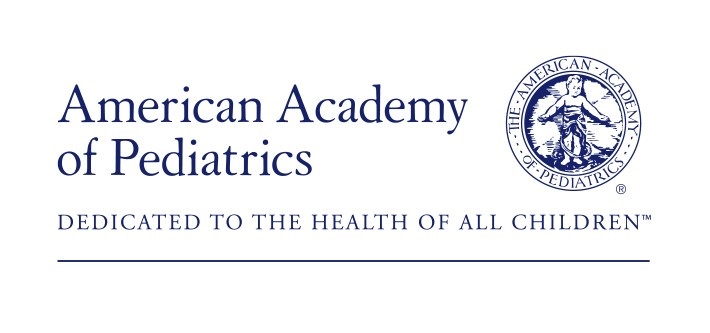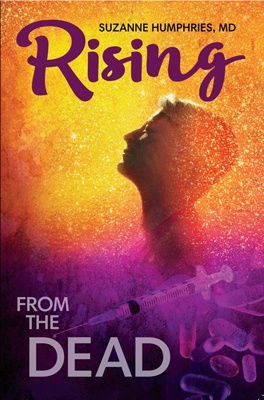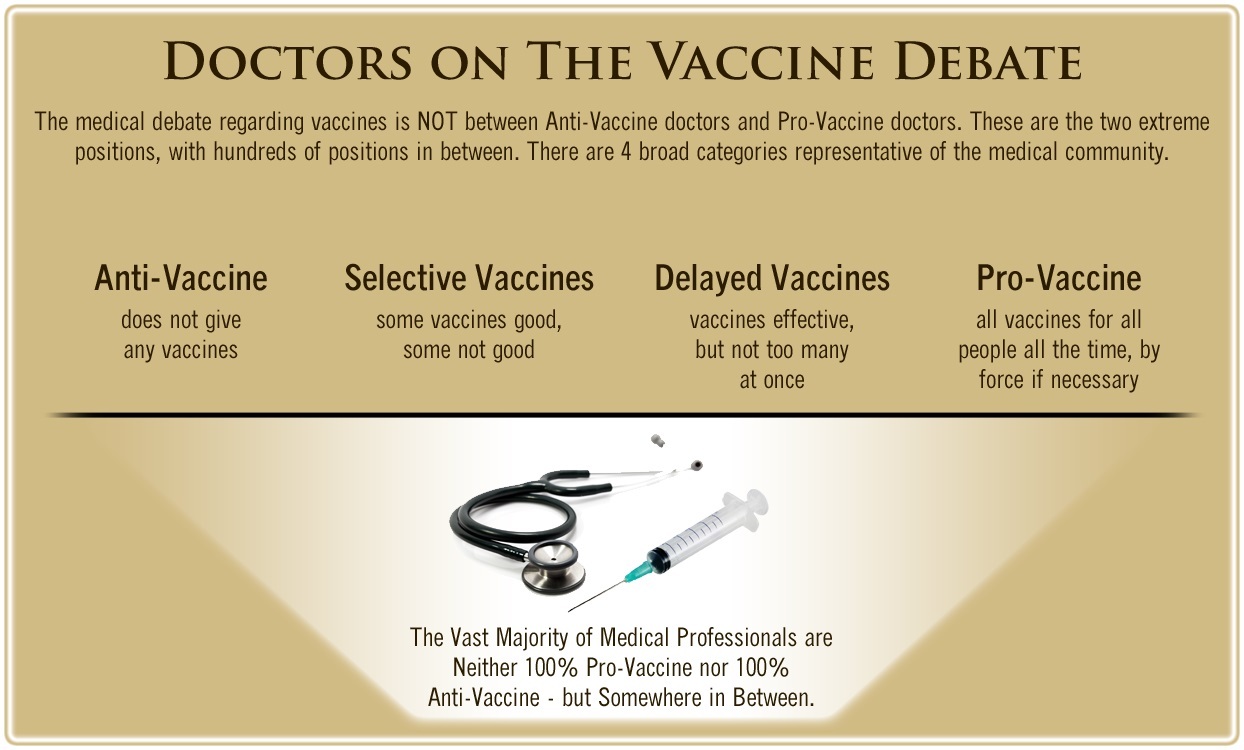
by Dr. Brownstein’s
Holistic Medicine
In July, 2018, The American Academy of Pediatrics (AAP) released a policy statement titled, Food Additives and Child Health. (1)
The report begins by stating,
“Our purposes with this policy statement and its accompanying technical report are to review and highlight emerging child health concerns related to the use of colorings, flavorings, and chemicals deliberately added to food during processing (direct food additives) as well as substances in food contact materials, including adhesives, dyes, coatings, paper, paperboard, plastic, and other polymers, which may contaminate food as part of packaging or manufacturing equipment (indirect food additives); to make reasonable recommendations that the pediatrician might be able to adopt into the guidance provided during pediatric visits; and to propose urgently needed reforms to the current regulatory process at the US Food and Drug Administration (FDA) for food additives.
Concern regarding food additives has increased in the past 2 decades, in part because of studies in which authors document endocrine disruption and other adverse health effects.”
The paper further explains that,
“Regulation and oversight of many food additives is inadequate because of several key problems in the Federal Food, Drug, and Cosmetic Act. Current requirements for a ‘generally recognized as safe’ (GRAS) designation are insufficient to ensure the safety of food additives and do not contain sufficient protections against conflict of interest.
Additionally, the FDA does not have adequate authority to acquire data on chemicals on the market or reassess their safety for human health. These are critical weaknesses in the current regulatory system for food additives. Data about health effects of food additives on infants and children are limited or missing.”
Folks, I have been lecturing and writing about these same issues for over 25 years. I am glad the AAP has finally come out of the closet to address this issue. (Editor’s note: This should have been addressed decades ago.)
However, one important subject that the AAP doesn’t address is the toxins in pediatric vaccines. Mercury, the second most dangerous substance known to mankind, is still in childhood vaccinations–influenza, meningitis, HIB, Tdap, and Td; aluminum, a neurotoxin, is in a plethora of vaccines including hepatitis A and B, DTaP, Td, HIB, HPV; formaldehyde a known carcinogen is found in DTaP, Td, Hepatis A, Hib, influenza, and Tdap. There are other toxic substances in many different vaccines.
The AAP is correct; we need to address lax safety issues with food additives. However, it is long overdue for the AAP to address the elephant in the room; toxic additives in childhood vaccines.
Our children are the most vaccinated young people on the planet. Unfortunately, our children are the sickest when compared to any major Western country.
We have more autoimmune disease, cancer, chronic illnesses and obesity than any other population. When vaccinated children are compared to unvaccinated children, vaccinated children have significantly more chronic diseases including neurodevelopmental disorders. (2)
We don’t need more toxins in our food or vaccines. We need an honest discussion and debate about how to remove these toxic elements from our children.
Let’s address all the issues that are making our kids sick and vaccines should be part of that discussion.
Dr. B
Read the full article at DrBrownstein.com.
References
(1) http://pediatrics.aappublications.org/content/early/2018/07/19/peds.2018-1408
Leaving a lucrative career as a nephrologist (kidney doctor), Dr. Suzanne Humphries is now free to actually help cure people.
In this autobiography she explains why good doctors are constrained within the current corrupt medical system from practicing real, ethical medicine.
One of the sane voices when it comes to examining the science behind modern-day vaccines, no pro-vaccine extremist doctors have ever dared to debate her in public.
Medical Doctors Opposed to Forced Vaccinations – Should Their Views be Silenced?
One of the biggest myths being propagated in the compliant mainstream media today is that doctors are either pro-vaccine or anti-vaccine, and that the anti-vaccine doctors are all “quacks.”
However, nothing could be further from the truth in the vaccine debate. Doctors are not unified at all on their positions regarding “the science” of vaccines, nor are they unified in the position of removing informed consent to a medical procedure like vaccines.
The two most extreme positions are those doctors who are 100% against vaccines and do not administer them at all, and those doctors that believe that ALL vaccines are safe and effective for ALL people, ALL the time, by force if necessary.
Very few doctors fall into either of these two extremist positions, and yet it is the extreme pro-vaccine position that is presented by the U.S. Government and mainstream media as being the dominant position of the medical field.
In between these two extreme views, however, is where the vast majority of doctors practicing today would probably categorize their position. Many doctors who consider themselves “pro-vaccine,” for example, do not believe that every single vaccine is appropriate for every single individual.
Many doctors recommend a “delayed” vaccine schedule for some patients, and not always the recommended one-size-fits-all CDC childhood schedule. Other doctors choose to recommend vaccines based on the actual science and merit of each vaccine, recommending some, while determining that others are not worth the risk for children, such as the suspect seasonal flu shot.
These doctors who do not hold extreme positions would be opposed to government-mandated vaccinations and the removal of all parental exemptions.
In this article, I am going to summarize the many doctors today who do not take the most extremist pro-vaccine position, which is probably not held by very many doctors at all, in spite of what the pharmaceutical industry, the federal government, and the mainstream media would like the public to believe.







2 Comments